Cable & Wire | High quality and excellent service at reasonable prices.
info@zion-communication.com
Author: Michael Publish Time: 25-07-2025 Origin: Site
RS485 Cable Types Explained: Twisted Pair, Shielded, USB, RJ45 & More RS485 is one of the main standards for industrial and automation communication, known for its distances, multi-drop properties. RS485 cable type selection is very crucial as it guarantees reliable data transmission as well as good and stable system performance. The article investigates the most typical RS485 cable types, which include twisted pair RS485 cable, shielded RS485 cable, RS485 USB cable, and the RJ45 connector RS485 cable. The given RS-485 cable types tutorial leads you to recognize your specific requirement and help you to choose the correct wire.
Structure:
Conductor: It can be solid or stranded tinned copper, typically with 1 or 2 pairs.
Twisted Pairs: Reduce the possibility of electromagnetic interference (EMI) and crosstalk.
Impedance: Usually, a 120Ω cable is recommended for long-distance communication that requires high speed.
Applications: The best candidate for industrial automation, building management, and sensor networks. It operates with Modbus RTU, Profibus, and special RS485 communication.
Advantages:
Long-distance transmission (up to 1200 meters).
Great shielding against noise.
Popular Model Example: Zion Communication 73004-RS485-232; 4 pairs, 28 AWG; twisted pair (alum foil shield & braided copper); estimated impedance is 120Ω.

Structure:
Unshielded twisted pairs (Al/PET foil, braided copper, or both)
With Drain Wire included for grounding, this is a gripping fiber (individual fiber as core).
Jacket: PVC, LSZH, or PE (alternative) for application.
Applications:
It serves as a protective barrier in a noisy environment, which can include motors, transformers, or RF sources.
Shield Types:
Foil shielded: A good option as it is lightweight and provides moderate level noise protection.
Foil + Braid Shielded: The ultimate EMI resistance indicates these wire types are designed for critical industrial or military applications.
Benefits:
Pull together the source.
Enhances auto-signal effect.
Reduces external EMI impact on data signals.

Structure:
One end: USB type-A or Type-C.
And the other end: RS485 terminal block, DB9, or bare wires.
Integrated RS485-to-USB converter chip.
Applications:
Joining RS485 devices to a laptop or PC with USB.
For testing or troubleshooting, it may take longer than expected due to programming or diagnostics.
Key Features:
Plug-and-play.
Driver support and flexibility for Windows/macOS/Linux.
Compact in size, easy to carry.
Typical Use Cases:
Field service engineers.
Laboratory environment.
![]()
Structure:
Standard 8P8C RJ45 connector on one or both ends.
Signaling for RS485 differential (A-B line patterns) pair,
Which are included.
It may have shielded twisted, or unshielded pairs.
Applications:
Equipment used in BACnet MS/TP for building automation.
Serial-over-Ethernet (SoE) converters.
DIN-rail RS485 connected devices with a standard RJ45 socket.
Advantages:
Convenient and rapid linkage via Ethernet type shielded cable.
A terminal block is compatible with RS485 modules.
Note: These are not interchangeable with Ethernet since the physical layer is RS485 not TCP/IP.

Structure:
Custom molded connectors: DB9, DB15, DB25, or screw terminals.
Similar to the twisted pair or shield cable construction type.
Applications:
The industrial PCs, the aging technology, master control for RS485 PLCs.

Application Environment | Recommended Cable Type | Key Feature |
Standard industrial use | Cost-effective, long-range | |
EMI-prone areas | Enhanced signal protection | |
PC connectivity | RS485 USB Cable | Plug-and-play, portable |
Building automation | RJ45 RS485 Cable | Easy to install, RJ45 compatibility |
Device-to-device | RS485 with DB9/Terminal connectors | Ready-to-use, customized terminations |
PIC | SKU | Conductor | Insulation | Shield | Jacket | Environmental Suitability |
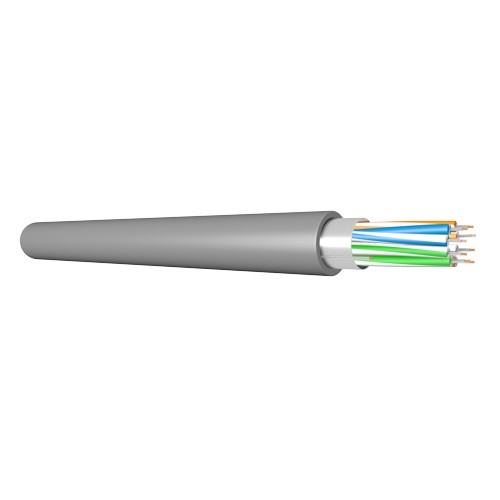 | 4 pairs | FPE | Aluminum + Polyester | PVC | Indoor use | |
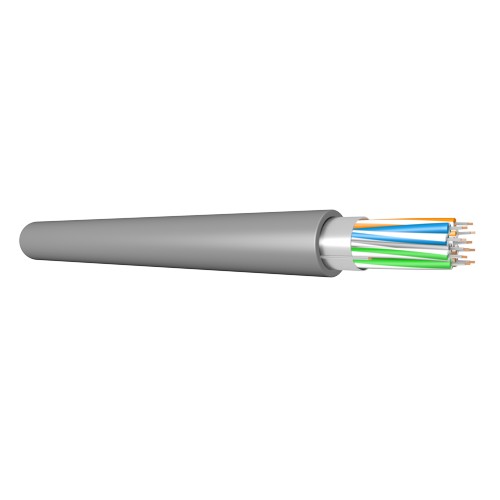 | 5 pairs | FPE | Aluminum + Polyester | PVC | Indoor use |
PIC | SKU | Conductor | Insulation | Shield | Jacket | Environmental Suitability |
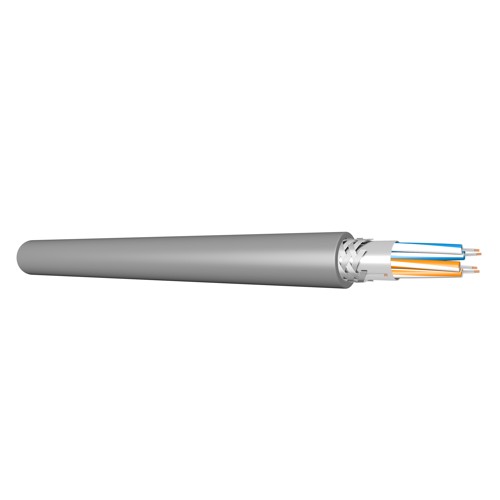 | 2 pairs | FPE | Aluminum + Polyester | PVC | Indoor (Not Riser or Plenum) | |
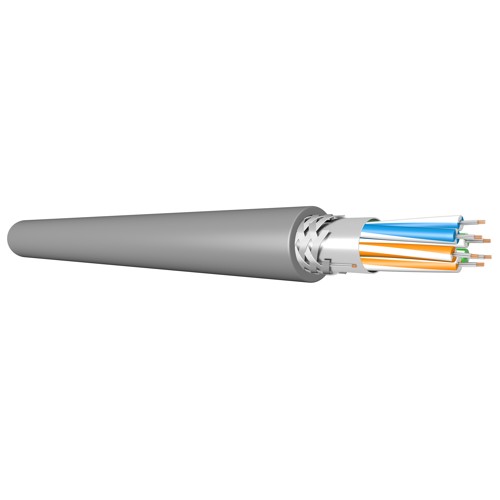 | 3 pairs | FPE | Aluminum + Polyester | PVC | Indoor (Not Riser or Plenum) |
PIC | SKU | Conductor | Insulation | Shield | Amour | Jacket | Environmental Suitability |
 | 1 pair | FPE | Aluminum + Polyester | Steel Wire Braiding | LSZH/SWB/LSZH | Indoor, LSZH, UV | |
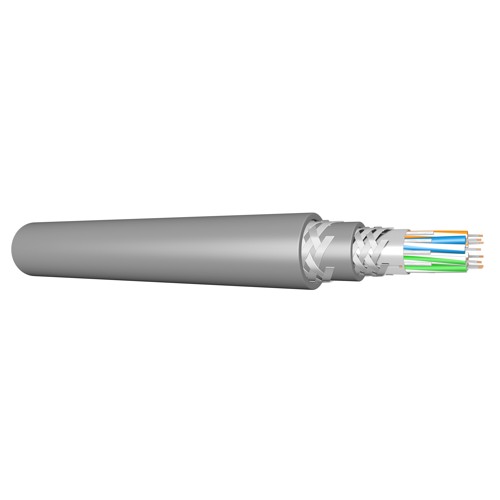 | 4 pairs | FPE | Aluminum + Polyester | Steel Wire Braiding | LSZH/SWB/LSZH | Indoor, Sunlight-Resistant, |
For whichever project you may have, whether that is setting up an industrial control network, connecting RS485 sensors, or interfacing on a device that is based directly on this standard; understanding the main principles behind the twisted pair RS485 cables, RS485-to-USB adapters, and RJ45-based solutions is of paramount. Each cable structure serves specific environments and installation needs—choose the right one to ensure robust and interference-free communication.
Need OEM or custom RS485 cable solutions.? Email Zion Communication – a trustworthy manufacturer with ETL Certified RS485 interfaces and world-class delivery service.
Contact us for more information

michael@zion-communication.com
+86 13757188184
